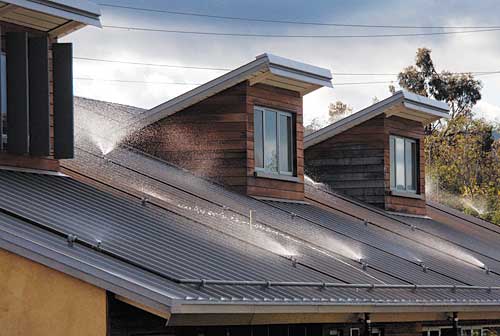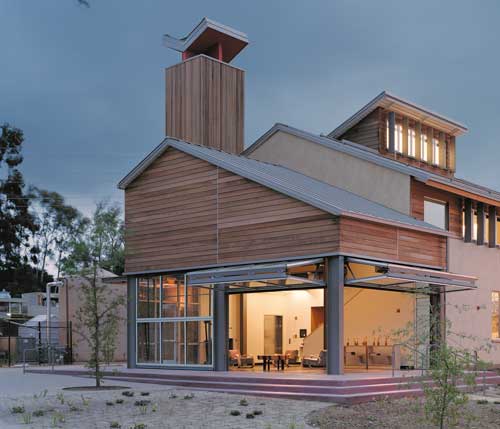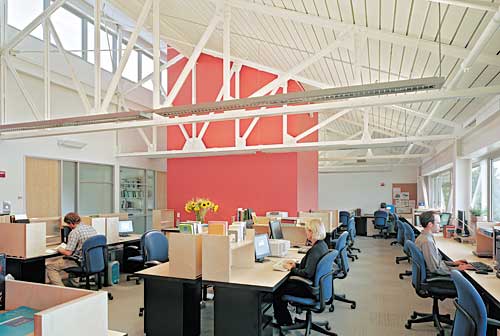Looking Back and Moving Forward
A systematic and reliable way to gather information about occupant comfort is through a Web-based survey such as the one administered by the Center for the Built Environment (CBE) at the University of California, Berkeley. CBE's Occupant Indoor Environmental Quality Survey costs about $1,000 per building to implement. After initial setup by the owner or design team, it typically takes participants about 10 minutes to complete, and includes questions about key aspects of the indoor environment, such as office layout, thermal comfort, air quality, acoustics, and lighting.
The center conducted its first survey in 2000, and to date has collected responses from 45,000 individual occupants in more than 300 buildings. The database includes 4,500 responses from occupants of 39 LEED-certified buildings, providing an opportunity to better understand the successes and shortcomings of green design strategies. Users can benchmark their buildings against others in the database on factors such as type, size, or geographic location. "We can slice the data in any number of ways," says John Goins, a CBE research specialist. "For example, we could compare LEED Gold buildings with operable windows in California," he says.
|
One building that performed particularly well in the CBE survey is the Global Ecology Center of the Carnegie Institution for Science, which opened on the campus of Stanford University in California four years ago. The largely daylit, 11,000-square-foot, two-story lab-and-office building, designed by EHDD Architecture, San Francisco, is cooled almost entirely by natural systems. It relies on a downdraft cooling tower to provide evaporative cooling to the lobby, and a radiant slab system coupled with operable windows to keep workspaces comfortable. The water that chills the slabs is cooled by an unusual night-sky radiation system.
The center ranked above the 90th percentile of all buildings in the CBE database in almost all of the survey's categories. The two exceptions were acoustics and lighting, though the building still scored above the mean in both categories. Scott Shell, AIA, EHDD principal, says that users have ample light to perform their tasks at their workspaces. However, the space as a whole seems dark because occupants turn off wall washers in order to reduce the building's carbon emissions, he says. "We try to light the wall and ceiling surfaces, not just the work surface. This often provides a more interesting sculptural [effect], as well."












